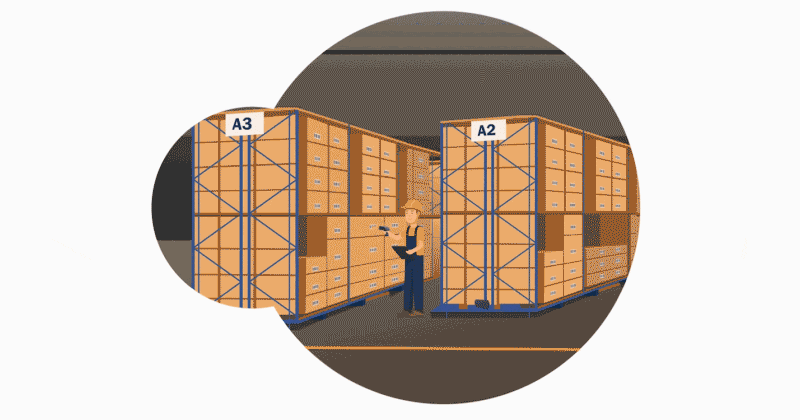Let us start this article with a bit of background. Microsoft had acquired the Warehousing for AX and Transportation for AX from Blue Horseshoe in 2013. The solution was embedded in the standard application from the Microsoft Dynamics AX 2012 R3 version. At that time, there were two warehouse management solutions available in the product. However, today, Microsoft Dynamics 365 for Finance and Operations only has one warehouse management solution, which is based on the application originally created by Blue Horseshoe.
Over the years of my experience of working in this area, I have noticed that customers have varied opinions about the new warehouse management solution. The warehouse management can be found suitable or not depending on factors like the size of your company, warehouse, number of items, locations, equipment, and storage preferences. For example, there have been situations where the solution should be helpful, but it is not the best fit for the customer due to several reasons.
We have often noticed that when a customer goes for an upgrade or new implementation, they do so without evaluating if it is the correct fit for their organizational requirements. Their reason for implementing the module is that they have been using the advanced legacy warehousing, or they want a scanning app for the warehouse. When you start the process without proper analysis, right conditions, and an experienced partner, then it likely to fail in the implementation.
In scenarios where partners take up customizations in the module without the expertise in handling the solution, it can cause a lot of issues with data corruption. It could even result in the organization going back to processing paper records until the situation is corrected.
The implementation of the warehouse management solution can be complex. Setting up and alignment of parameters, location directives, wave, and work templates, reservation hierarchy, and the mobile device menu should be correct, for it to work. If your warehouse operations and transactions are simple, then warehouse management could be an overkill for your organization.
It is also possible to do logistic operations like receiving, picking, transfer of good, and counting using the basic features of Microsoft Dynamics. Not using the advanced warehouse management features does not mean that you would be resorting to the use of paper records for your warehouse operations.
At To-Increase, we offer Dynamics Anywhere for Logistics, where it is possible to use mobile devices for the warehouse operations. We offer a mobile framework and end-to-end solutions in a niche for Microsoft Dynamics 365 for Finance and Operations. For example, we have situations where the standard Microsoft Warehousing app is used in the main warehouse, and the retail stores use the Anywhere Mobile solution to receive goods, count, store transfers, and other functions.





